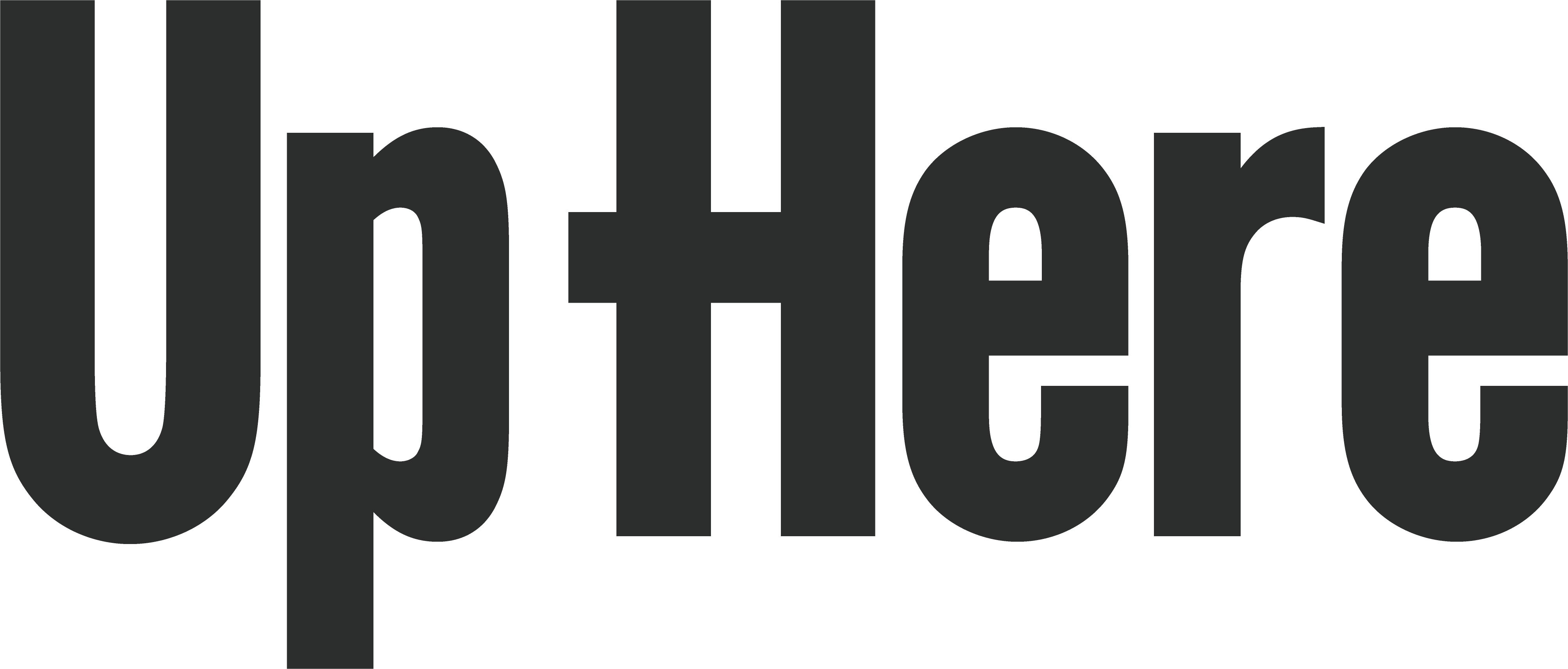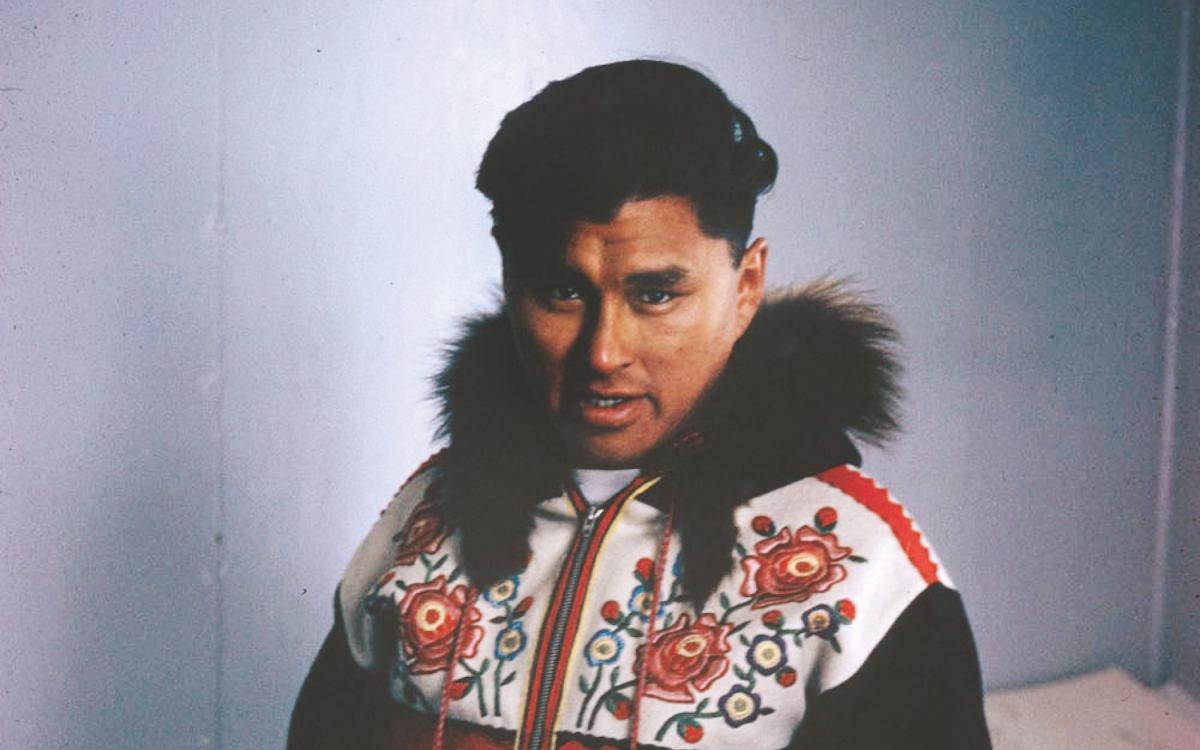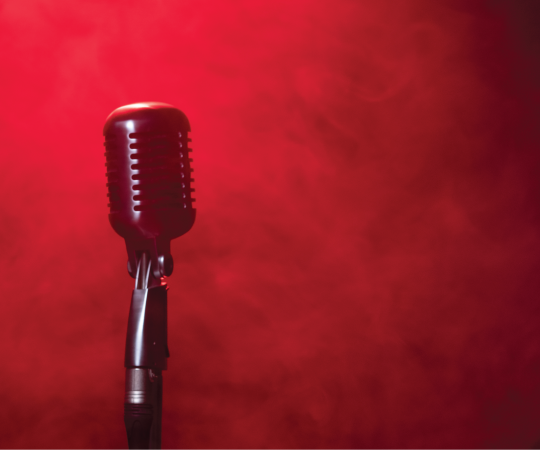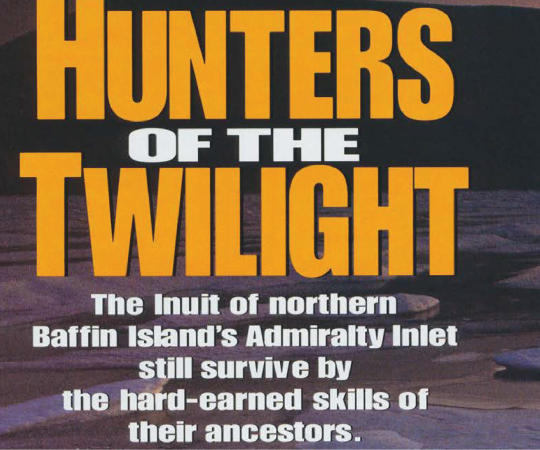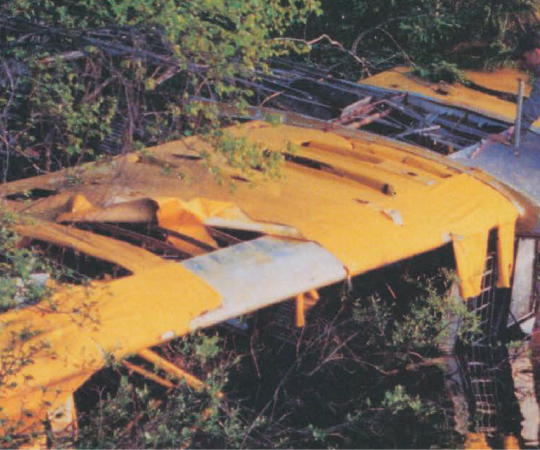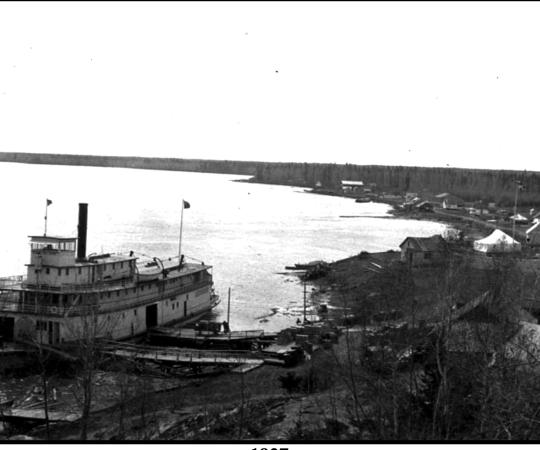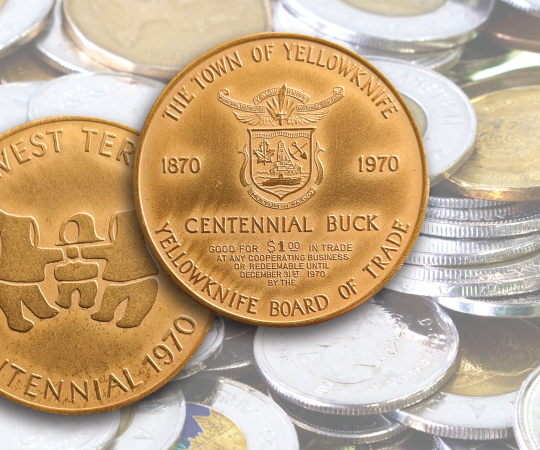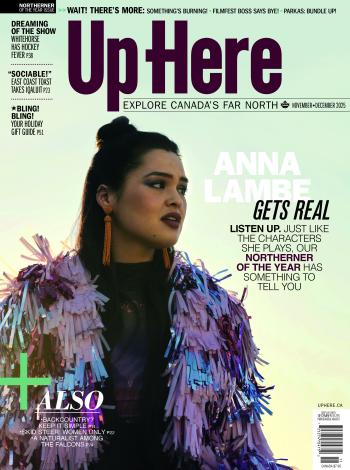For many years he was legally known as W3-554.
Born in the Mackenzie Delta in 1929, Abraham Okpik was the first Inuk to sit on the Northwest Territories’ Territorial Council. He was also instrumental in naming Inuit who’d been reduced to numbers by a colonial government.
As director of “Project Surname” in the late ’60s, Okpik travelled to every Inuit community in what was then the Northwest Territories. Over two years he met with every Inuit family across 55 settlements to ask what they wanted to be called.
The answers were not always simple. The journey of Inuit naming, both individually and collectively, is complicated.
Traditionally, Inuit are named after a relative and carry part of that person’s spirit. If a child became sick, it was a sign that the child was rejecting the name, and therefore it was customary to change it.
Throughout recent history, however, Inuit have been labelled with non-Inuk names and customs. The pushback against this invasive practice began in the 1960s, during a time when Inuit were still required by the federal government to wear numbered discs as part of Canada’s “Eskimo Identification Tag System.” The small leather and copper “e-disks” had to be worn at all times—a physical reminder of how southern Canadians refused to acknowledge even the most basic attributes of Inuit identity.
Inuit never called themselves ‘eskimos’ pre-colonization. As stated by the father of Nunavut, John Amagoalik, in the documentary Arctic Defenders, “Eskimo is a Cree term, which means eater of raw meat, which is true. We are eaters of raw meat, but we don’t describe ourselves that way. We describe ourselves as human beings.”
As for the numbers, former Nunavut Commissioner Piita Irniq explains that the system was established in 1941 when Canadian administrators were unwilling to learn the pronunciations of Inuit names. “All of the people prior to Project Surname, all of us Inuit, including our parents, and our grandparents, and their parents, had different names. We never had surnames at all.”
In 1968, facing mounting opposition to the e-numbers, NWT Commissioner Stuart Hodgson agreed that it was time to retire the tag system and established a new directorate to implement European-style naming among Inuit. He called it “Project Surname.”
This, too, was not without problems. Kathy Okpik, Abraham’s daughter and current Deputy Minister of Education for Nunavut, explains that because there was not a standardized written orthography at the time of Project Surname, many different spellings were created.
“There are families who couldn’t agree on family names. So that is where you see siblings with different last names. My father and his siblings, for example. He chose ‘Okpik,’ and his siblings chose ‘Allen.’”
Piita Irniq was born in 1947 as E3-546 and became Peter Ernerk in 1971. He explains that a lot of people Abraham Okpik visited in 1969 and 1970 chose the name their parents gave them as a child, or decided to go by their father’s name. (In 1999, Piita paid $700 to change the spelling of his name to better match its pronunciation.)
Barbara Akoak, a Nunavummiut multimedia artist, laughs as she explains the story behind her surname. “Inuit didn’t have last names,” she says. “‘Akoak,’ my legal last name, was just a nickname my grandfather had.”
Despite the controversies, Irniq and many other Inuit were happy to see the numbering system become a thing of the past. “The disc numbering created a lot of problems for Inuit,” he says.
Many Inuit who died in the south were only recorded as a number. Often those numbers disappeared, lost in record keeping, which made it difficult to contact next of kin.
“They didn’t tell you when people had died,” says Irniq, who has helped families try to track down missing relatives from decades past. “There are still people looking for their loved ones who died in sanatoriums in the 1950s and ’60s.”
In a surreal twist, the entire time Okpik was working on Project Surname he was still only addressed by the government by his disc number.
“That is how they identified him, even paying him,” says Kathy. “No name. Just a number.”
At the end of Project Surname, Okpik returned to his family in his adopted home of Frobisher Bay (now Iqaluit). In 1976, he was made a Member of the Order of Canada in recognition of his work, and continued serving his community, working at times as both teacher and several stints as a town councillor, before his death in 1997.
In many ways, the work he started is ongoing even today. Inuit continue to carve out an Inuk identity in an ever-changing global landscape. In 2020, more and more are coming to understand that the term ‘eskimo’ does not sufficiently represent Inuit—the same way it was agreed in the 1960s that numbers shouldn’t represent people.
Kathy reflects fondly on her late father’s memory. “He was born in Kipnik Camp in the West,” she says. “My father loved me unconditionally along with my two brothers. He learned Inuktitut on top of the Cree and Inuvialuktun that he spoke. He was larger than life and was an amazing storyteller.”
